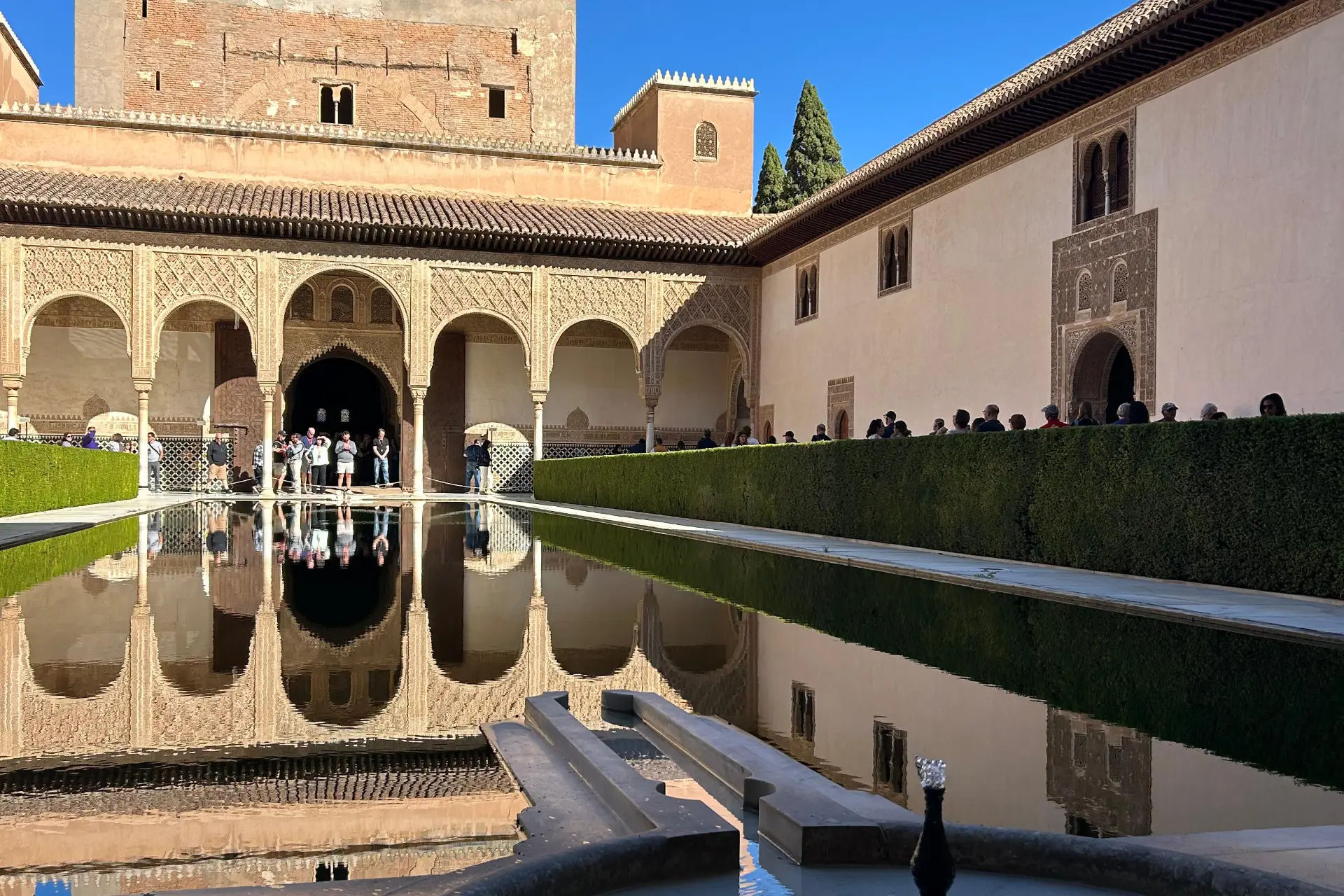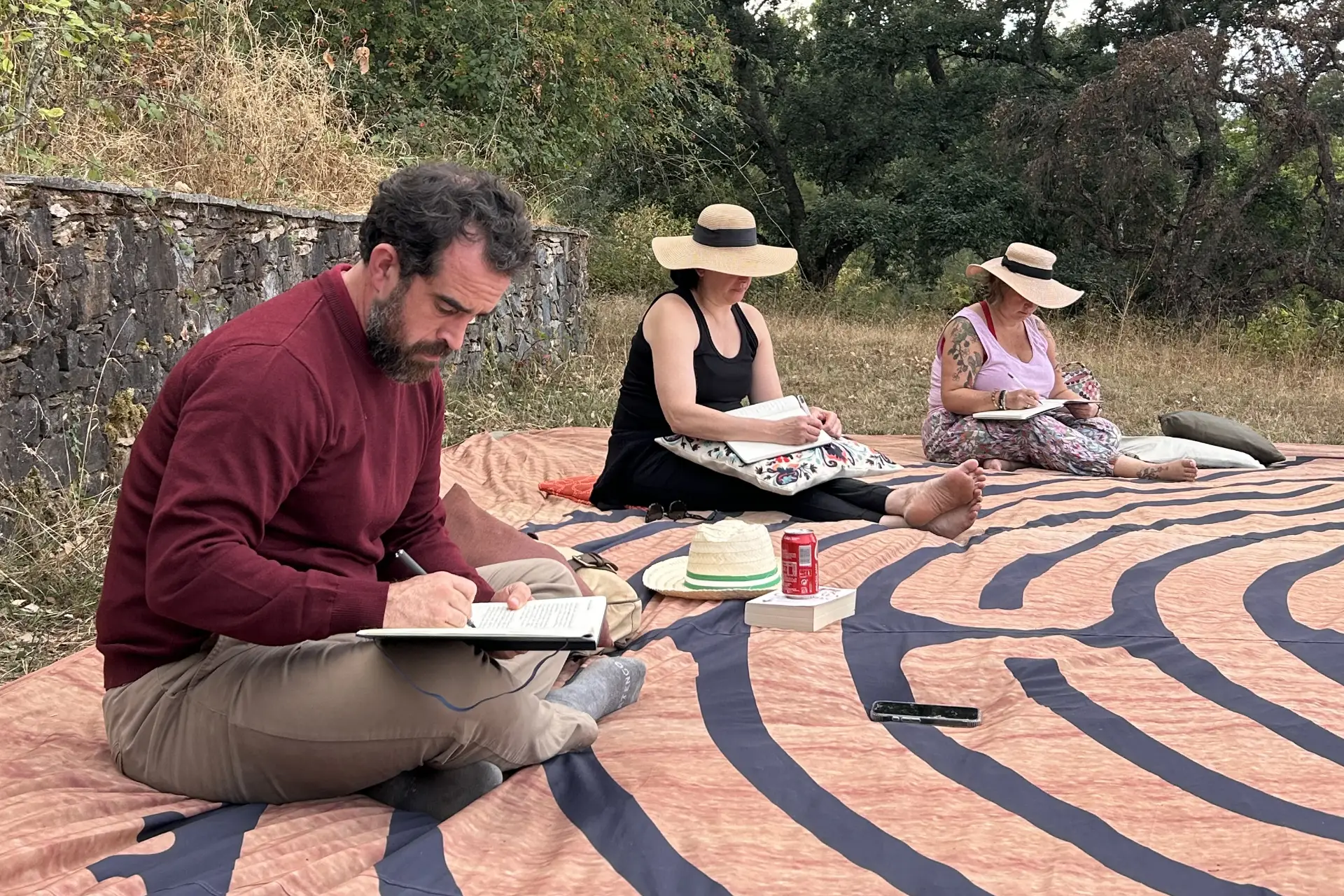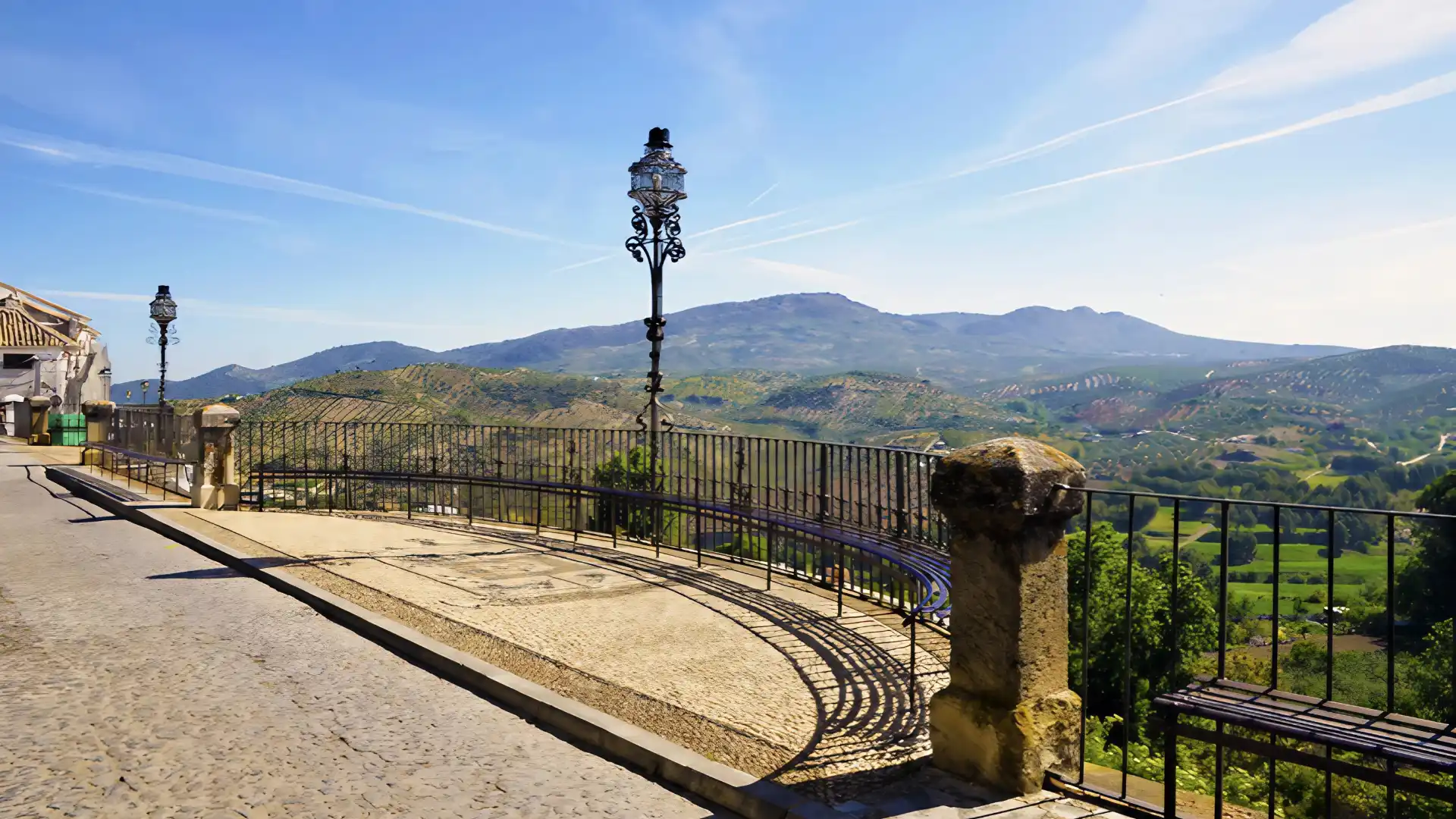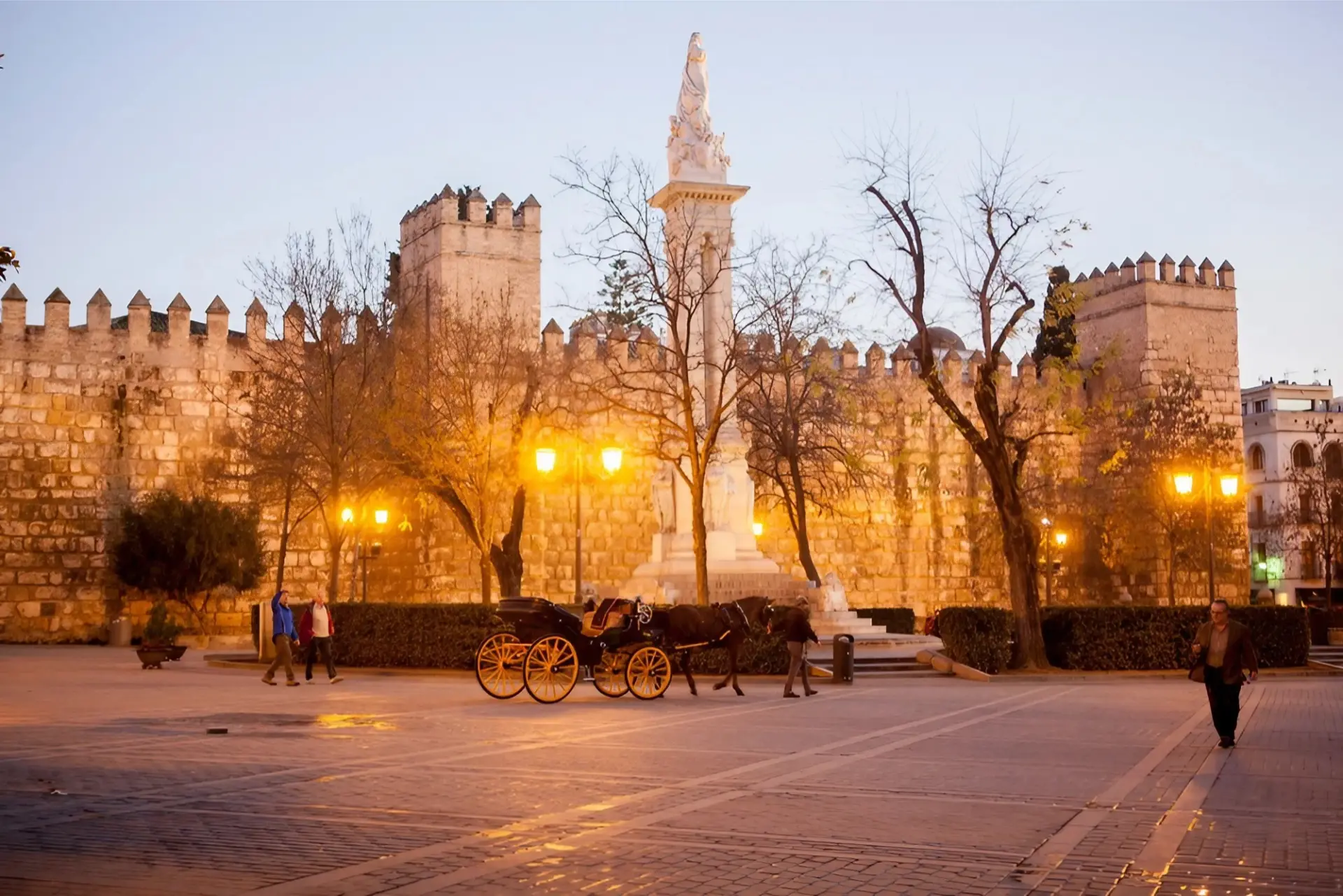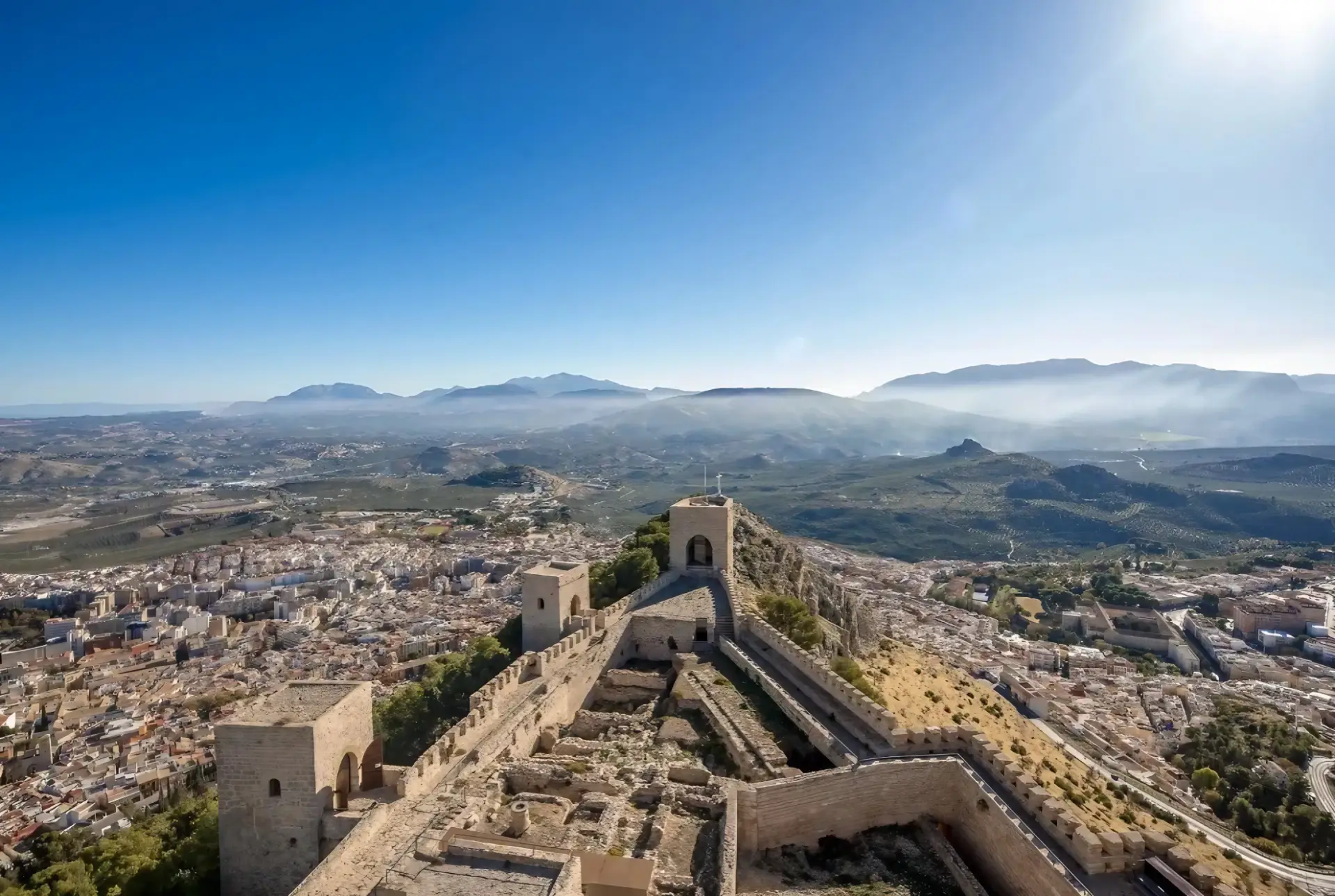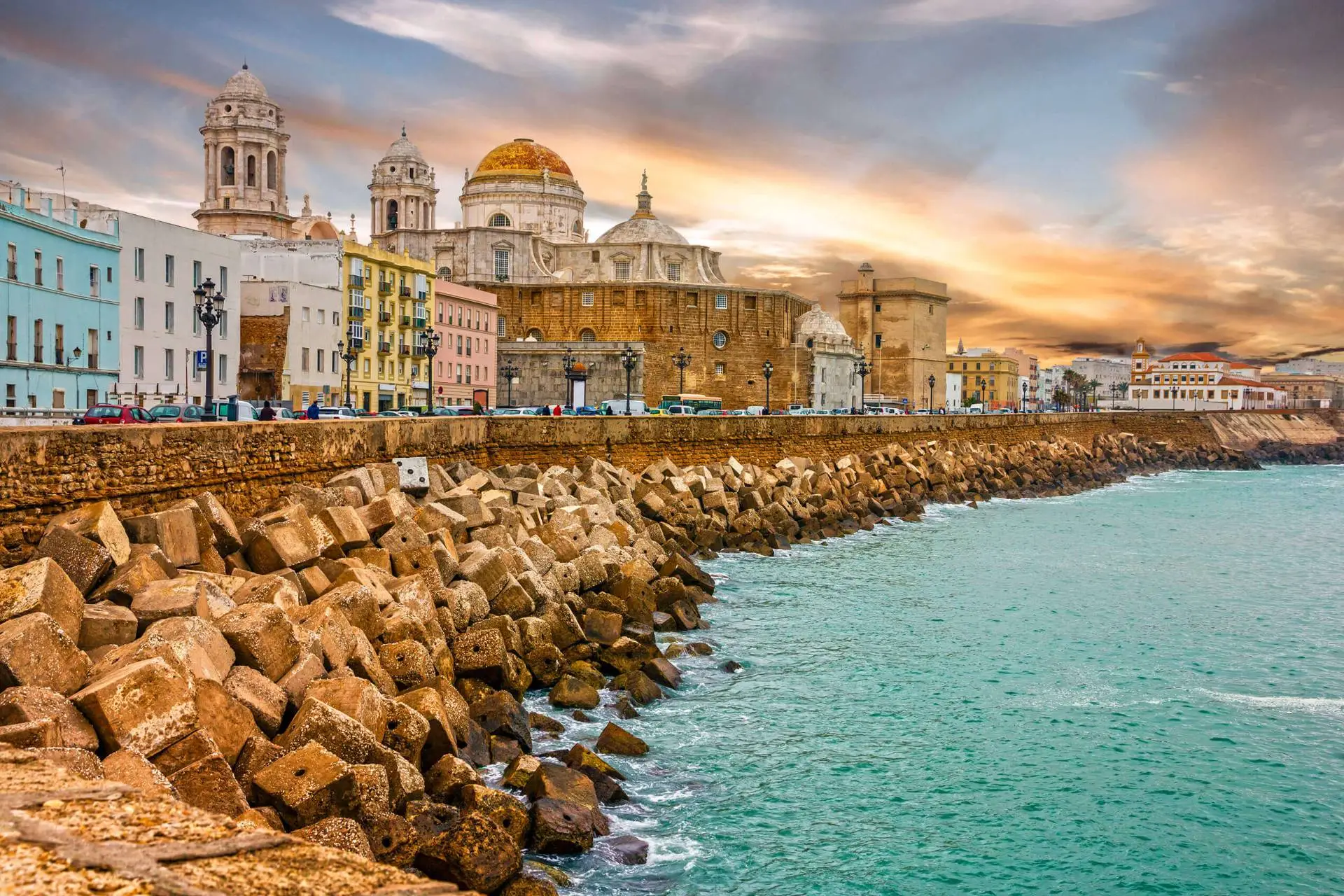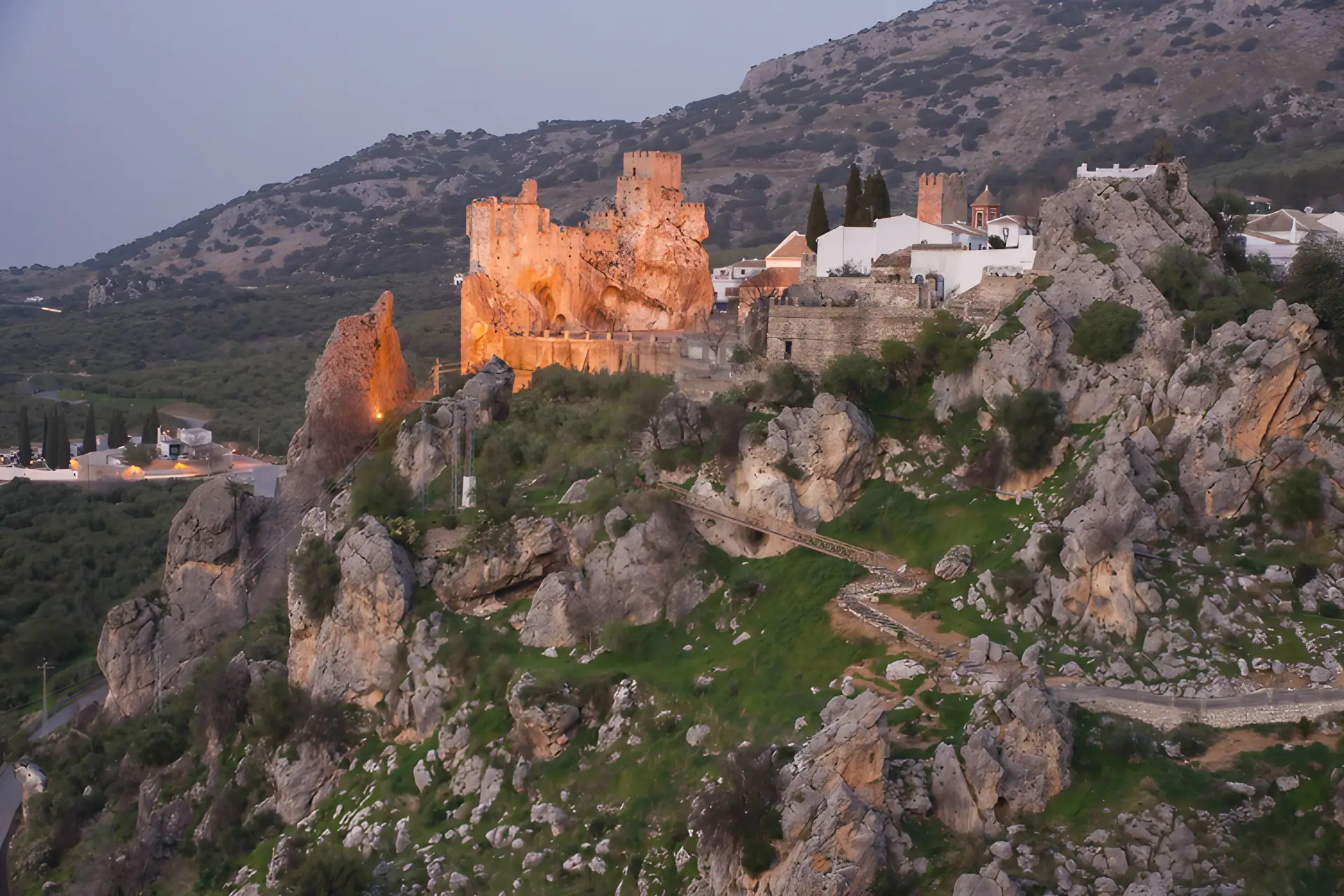All about olives.
Olives are the fruit of the olive tree which is part of a family of trees that include lilac and jasmine trees. Olive trees are evergreen and can live from 300 to 600 years, the fruit is a drupe and there are six sub-species of trees; Europea is the sub-species found in Spain, Portugal and Italy. Olives are rich in vitamins A, B, E and K. Olive trees can grow in poor soil with little or no water but to produce a good amount of olives they need a decent winter of rainfall.

The history of olive oil
Olive oil production has been around since the 13th century BC. According to passages in the Hebrew bible, it may have been around for much longer than that. Olive trees were introduced to Spain around 1050 BC by the Phonecians. The Romans penned the world famous nick-name of olive oil “liquid gold”. It has been a part of the Mediterranean diet for centuries, part of the reasons that the Mediterranean people are some of the healthiest in the world.

Olive oil and Jewish heritage
There is no denying the strong connection that Jewish heritage has with olive oil. The oil was traditionally used to light the Menorah in the ancient temple in Jerusalem, and the Jewish people used olive oil to light lamps in their homes. Olives are a symbol of hope and peace because when Noah sent a bird to circle the earth after the great flood, it came back with an olive branch and has been a great symbol ever since.

Olive oil facts
- There are 750 million olive trees in the world
- 300 million of those olive trees are grown in Spain
- Spain is the largest producer of olive oil in the world, around 40%
- Italy produces approximately 25% of the world’s olive oil
- The biggest olive producing area of Spain is Jaen in Andalucia, where there are 66 million trees producing 70% of Spain’s olive oil
- 90% of all harvested olives will be turned into oil
- E.V.OO stands for Extra Virgen Olive Oil and is the pure juice of the first press of the olives
- People eat 2.25 million litres of olive oil each year
- Olives are harvested between November and March depending on the conditions and weather
- A low-rainfall winter means a low production of olives the following winter
- Olives are picked by hand by knocking the fruit onto nets on the ground with sticks or with a vibrating machine to shake the trees
- The olive crop is always pressed to make oil on the day it is picked
- It take between 5 and 7 kilos of olives to make 1 litre of oil
- An average sized tree can produce 3-5 litres of olive oil
- Each olive is about 20% oil
- The biggest type of olive is called a donkey olive and the smallest is a bullet olive
- Olive oil is very high in healthy monounsaturated fat
- It also contains Omega 3 and 6
- Olive trees aren’t harvested until they are 15 years old
The next time you’re sat in a bar in Andalucia, tucking into a delicious dish of olives, remember just how healthy they are and are included as one of your 5 a day!

We recently had the good fortune to spend some time at Almazaras de la Subbetica, an olive oil co-operative in Carcabuey, Cordoba. Last year, in 2016, they were awarded the extremely prodigious award of “Best olive oil in the world” for their Rincón de la Subbética oil. We had a blind tasting experience to learn about the quality of oil and how to tune 4 of our five senses to detecting elements of oil that are important and what separates a great oil from a good oil. It’s a wonderful experience that we can’t recommend enough. It will be part of our brand new foodie tour for 2018 – Taste of Andalucia.

The olive oil harvest is starting very soon in Andalucia, local farmers depend on the olive crops and with last winter being quite dry they are expecting a complicated Olive “campaña” or harvest. We hope that all our olive producing friends and neighbours have a bumper crop and that it rains very soon.

